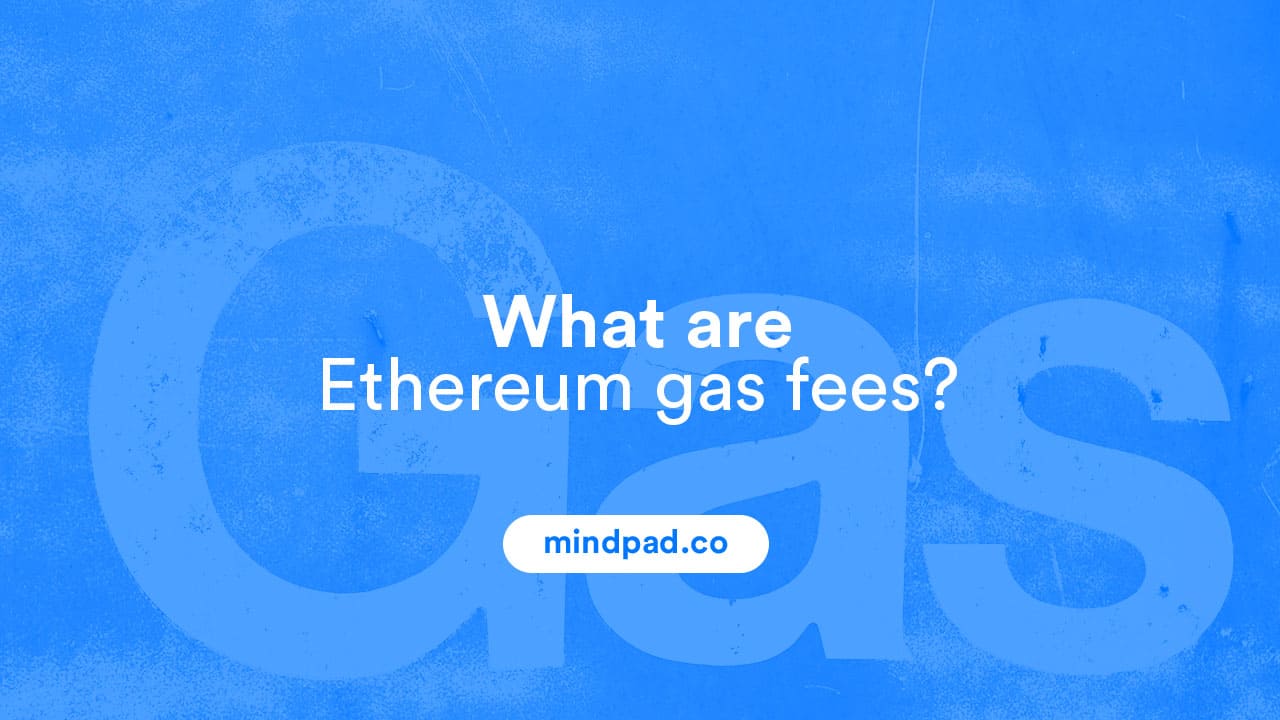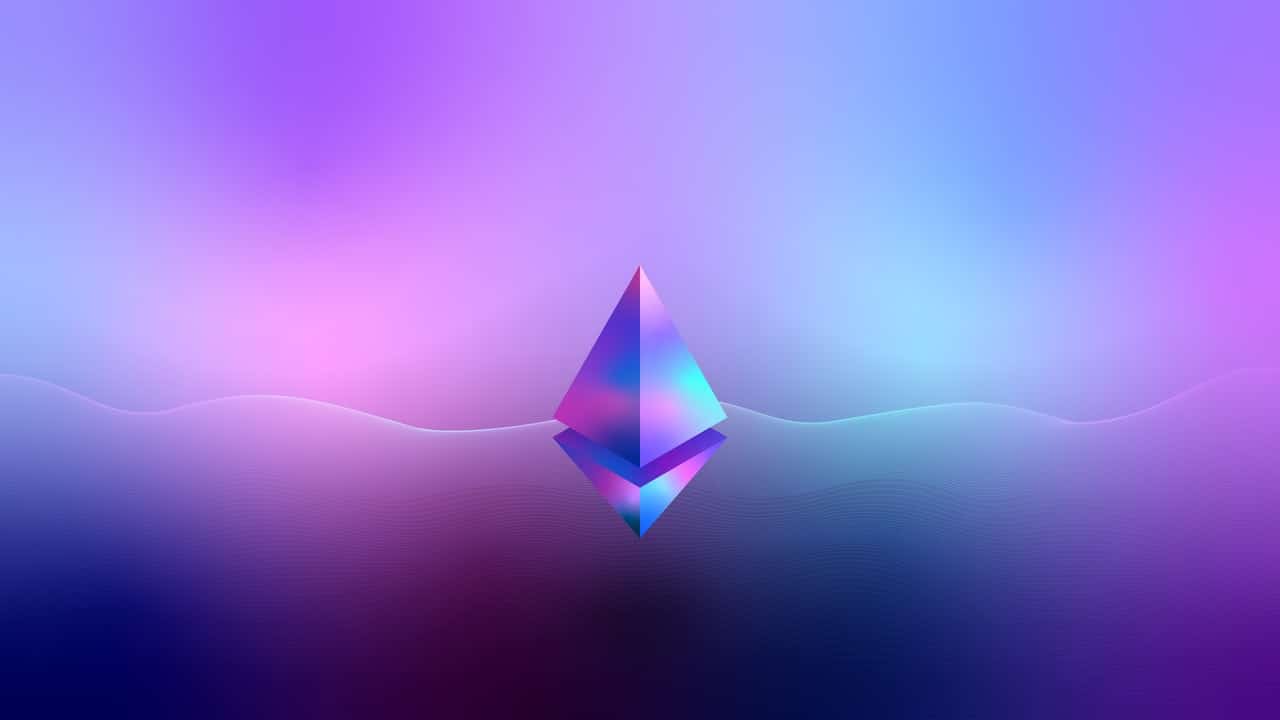What are Ethereum gas fees?

The Ethereum gas fee is something that all users must pay in order to perform any function on the Ethereum blockchain.
There is no such thing as a free lunch and there’s certainly no such thing as a free transaction. If spending $5 to receive $20 from an ATM is inconvenient, think about spending $100 to transfer $500 or receive a PNG of a penguin.
While this may appear to be an extreme example, it is sometimes necessary in order to execute a transaction or perform a function on Ethereum’s network. And, unlike ATM fees, the Ethereum network will not compensate you for your gas fees at the end of the month.
First of all, what is gas?
The amount of ether (ETH) – Ethereum’s native cryptocurrency – required by the network for a user to interact with it is referred to as gas. These fees are designed to compensate Ethereum miners for the energy necessary to verify a transaction as well as to add security to the Ethereum network by making it extremely expensive for bad users to spam the network.
Despite the fact that they are an efficient technique of paying miners to continue confirming transactions and maintaining network security, gas fees are every user’s least favorite aspect of Ethereum. People dislike gas costs not simply because they dislike fees in general, but also because they can be wildly expensive when the network is crowded.
How are Gas Fees calculated?
To understand why gas fees are so high and how you might save money on them, you first should know how they are calculated.
Because Ethereum fees are normally significantly smaller than one ETH (though it sometimes doesn’t feel that way), Ethereum uses a metric system of denominated units called “wei,” where one ETH is equal to one quintillion wei. (A quintillion is a number followed by 18 zeros.) The gigawei (gwei), or one billion wei, is one of the most popular wei denominations and is used to represent gas fees. As a result, if you look at a gas tracker and see that the average gas for a transaction is 100 gwei, you could anticipate to pay a base fee of 0.0000001 ETH ($0.00031 at press time)/as fees, or gigawei (gwei), or 1 billion wei.
If you’ve ever minted a non-fungible token or bought one on a secondary market like OpenSea, you might believe 100 gwei is a steal for an NFT transfer. This is due to the fact that the basic costs are only one element of the total price structure. Following the new gas fee structures introduced by Ethereum’s London update, the total charge is now calculated as follows:
Total Fee = (Base Fee + Tip) * (Gas Unit Limits)
Gas units (limits)
This is the most you’re willing to spend on a transaction in terms of gas. While you can change how much gas your transaction will cost, you must do it with caution. This is due to the fact that different sorts of interactions with the Ethereum blockchain will require different amounts of gas to complete.
Base fee
This refers to the minimum amount of gas required to include a transaction on the Ethereum blockchain. The desire for a transaction to be included determines the amount of gas necessary for a base charge, regardless of the type of transaction. Base fees are dynamically modified dependent on the amount of users interacting with the network at any given time because they are a demand factor.
Tips: Also known as a priority fee, tips are an additional fee paid to speed the completion of your transaction. This charge is more commonly referred to as a tip since it offers an economic incentive for Ethereum miners to confirm your transaction before others. When a miner confirms a transaction that includes a priority charge, they receive that fee as a tip. Because miners can see which transactions have tips attached, they will prioritize finishing transactions with the biggest tips attached in order to make the most money.
It is crucial to remember that if you set your gas unit limit lower than the amount of gas required to finish your engagement, your transaction will be cancelled but you will not receive your gas fee back. That’s because the miner has already done the comparable amount of effort to complete your transaction, and they get paid even if the transaction fails.
As an example of the total fee formula, suppose I want to send you 1 ETH and the average amount of gas required to transfer ETH on the Ethereum network is 23,000 gwei. That would be my gas limit. The least quantity of gas required to send the transaction at the time (base charge) is 150 gwei, but I want it to reach to you as soon as possible, so I add a 20 gwei tip to the transaction. In this scenario, our total charge formula would be as follows:
The total fee for sending you 1 ETH is 23,000 gwei * (150 gwei + 20 gwei).
Following that, the total fee would be 3910000 gwei, or 0.00391 ETH (about $12, at press time).
Why is the Ethereum Gas Fee so high
With an understanding of how total gas fees are calculated, we can get a better idea on why gas fees cost so much. Mainly, the two biggest factors that have caused gas fees to soar recently are:
- Gas fees denomination in gwei.
- Ethereum’s variable total fee formula.
The Ethereum Gas fee is higher because ETH costs more
The first main reason for higher gas fees is simply that ETH is more expensive. Remember that gas fees are denominated in gwei, which is a different way of representing ETH. The thriving decentralized finance (DeFi) and NFT industries, which continue to attract new users to Ethereum’s ecosystem, are the primary drivers of this expanding demand.
Gas fees cost more because base fees cost more
Additionally, gas fees are so high right now because Ethereum’s total fee formula is dynamic. Remember that base fees are the very minimum of gas required to include a transaction on the Ethereum blockchain, and they are changed based on transaction inclusion demand. As a result of rising demand for the Ethereum blockchain, basic fees have continually increased.
On the Ethereum blockchain, over 3,000 decentralized applications (also known as “dapps”) are running, all of which want their transactions to be included alongside those of other Ethereum network users. Dapps alone account for over 100,000 daily active users on Ethereum, doing around 250,000 transactions every day.
The growing adoption of Ethereum has not only resulted in higher base fees, but also in a far more volatile gas for base fees. To make gas fees more consistent, Ethereum’s EIP 1559 upgrade changed the calculation of basic fees to be determined by the transaction before it. While the true effects of EIP 1559 are being contested, base fees continue to drive up the total cost of gas fees due to increased demand for Ethereum.

